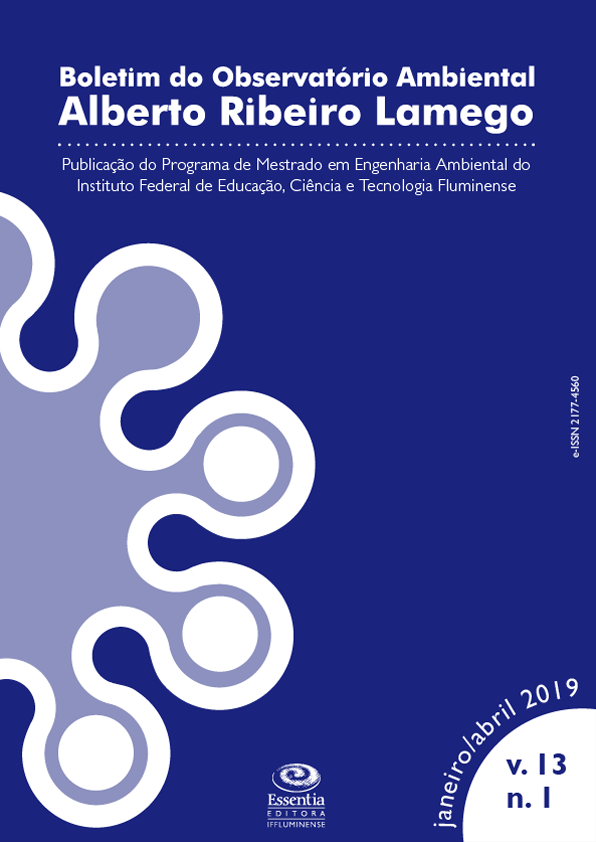Participation of wind and photovoltaic generation in the Brazilian energy matrix - 2013 to 2017
DOI:
https://doi.org/10.19180/2177-4560.v13n12019p168-184Keywords:
Energía Eléctrica, Renovables, Estadísticas EnergéticasAbstract
Diversification of energy sources, notably those classified as renewable, is a worldwide trend, with the UN Sustainable Development Goal No. 7, called Agenda 2030 (UN, 2015). In the last few years, Brazil has used more than 40% of its consumption from renewable sources of electricity, which is much higher than the world average and OECD countries (EPE, 2018). Currently, wind and photovoltaic energy have stood out with strong growth in participation in the Brazilian energy matrix. Considering that the subsidy for renewable energy is shared among all consumers, understanding the impact of subsidies on the development of the use of these energy sources is necessary for the evaluation of the results obtained. Studying the wind and photovoltaic sources, which have been highlighting in the world scenario, is important for the understanding of this phenomenon. The objective of this work was to analyze the evolution of the participation of wind and photovoltaic energy sources (EFV) in the Brazilian energy matrix of electricity generation in the period from 2013 to 2017. The data used were extracted from the National Electric Energy Agency using the Microsoft® Excel® 365 and R ver. 3.5.1. For this, both descriptive and numerical summary methods, as well as methods of normalization and Pearson's correlation, were used. It was found that the increase in the participation of these energy sources in the Brazilian energy matrix is consistent, even with the climatic limitations occurring in certain parts of the year, indicating that government subsidies have taken effect.Downloads
Downloads
Published
Issue
Section
License
The authors of the manuscript submitted to Boletim do Observatório Ambiental Alberto Ribeiro Lamego, hereby represented by the corresponding author, agree to the following terms:
The authors retain the copyright and grant Boletim do Observatório Ambiental Alberto Ribeiro Lamego the right of first publication.
At the same time the work is licensed under the Creative Commons Attribution 4.0 International License, allowing third parties to copy and redistribute the material in any medium or format and to remix, transform, and build upon its content for any legal purpose, even commercially, provided the original work is properly cited.
Authors will not receive any material reward for the manuscript and Essentia Editora will make it available online in Open Access mode, through its own system or other databases.
Authors are authorized to enter into additional contracts separately for non-exclusive distribution of the version of the work published in Boletim do Observatório Ambiental Alberto Ribeiro Lamego (eg, publish in institutional repository or as book chapter), with acknowledgment of authorship and initial publication in this journal.
Authors are permitted and encouraged to publish and distribute their work online (eg, in institutional repositories or on their personal page) at any point after the first publication of the article by Boletim do Observatório Ambiental Alberto Ribeiro Lamego.
Essentia Editora may make normative, orthographic and grammatical changes in the originals in order to maintain the standard language, with the final consent of the authors.
The content and opinions expressed in the manuscript are the sole responsibility of the author (s).










1.png)





